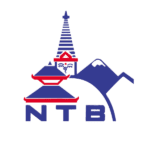11th Sep, 2022
Nepal Trekking Seasons are one of the influencing determinants of Trekking in Nepal. The different types of seasons will be suitable for different types of trekking at different places in Nepal. Due to the variety of the different seasons and trekking places, the perfect seasons should be chosen while trekking in Nepal.
Table of Contents
For example, trekking in high-altitude regions will be comparatively difficult during the cold seasons and comparatively easier in low-altitude regions. Besides other seasons in Nepal, spring and autumn are comparatively regarded as the best Trekking Seasons of Nepal. However, the trekkers can trek and visit Nepal throughout the year. Some of the details of the different trekking seasons in Nepal are as follows:
Autumn Session (Mid-September to End-November)
This is the most popular time to trek in the Himalayas. At this session, the weather is clear with mild to warm days and cold nights. Though at the higher altitude, the nights drop into freezing temperatures. In this season, the mountain views are astonishingly clear. These three months are the best seasons for trekking in Nepal Himalaya so most of the tourists used to visit Nepal during this time. This session is also called the fall peak season. The trekking at the Everest base Camp Trek, Annapurna Regions Trek, and similar places of the regions will be best during this time.
Winter Session (End - November - February)
It is also possible to trek in the Higher Himalayas during winter, from December until the end of February. During the winter session, temperatures will be cooler, however, the nights will often be very cold. The days are generally clear but occasional winter storms can bring snowfall as low as 2500m.
Early October through late November is also the busiest period for trekking. But in mid-winter (January through February), trekking is more challenging in the high altitudes with semi-regular snowfall. During the day warm and sunny but after dark temperature will be negative till -20 river water is frozen, and the public water tab is frozen even your drinking water bottle will be iced due to the cold night.
During the winter session, most of the trekking tea houses will be closed but some of them will be opened by cooks and hotel staff, however, they will provide you with delicious food and warm tea and coffee, at this time high pass trekking is challenging, and adventure because of the snow and ice covered all trekking trails it will be more difficult to trekking above 5000m without Khrampan and good trekking boots,
In early winter some trekking peaks are possible to climb but you must prepare for this trip and need an experienced guide for assistance, Some adventures people doing this trip in the winter session which is the Everest Regions Treks, Annapurna region treks, Langtang region trek, Mera peak Climbing, Island peak climbing, Chulu far east climbing in early winter have been quite popular over the past few years.
Autumn Session (Mid-September to End - of November)
This is the most popular time to trek in the Himalayas. At this session, the weather is clear with mild to warm days and cold nights. Though at the higher altitude, the nights drop into freezing temperatures. In this season, the mountain views are astonishingly clear.
These three months are the best seasons for trekking in Nepal Himalaya so most of the tourists used to visit Nepal during this time. This session is also called the fall peak season. The trekking at the Everest base Camp trek, Annapurna region trek, and similar places of the regions will be best during this time.
Winter Session (end - November - February)
It is also possible to trek in the Higher Himalayas during winter, from December until the end of February. During the winter session, temperatures will be cooler, however, the nights will often be very cold. The days are generally clear but occasional winter storms can bring snowfall as low as 2500m.
Early October through late November is also the busiest period for trekking. But in mid-winter (January through February), trekking is more challenging in the high altitudes with semi-regular snowfall. During the day warm and sunny but after dark temperature will be negative till -20 river water is frozen, the public water tab is frozen even your drinking water bottle will be iced due to the cold night.
During the winter session, most of the trekking tea houses will be closed but some of them will be opened by cooks and hotel staff, however, they will provide you with delicious food and warm tea and coffee, at this time high pass trekking is challenging and adventurous because of the snow and ice, covered all trekking trails it will be more difficult to trekking above 5000m without Khrampan and good trekking boots,
In early winter some of the trekking peaks are possible to climb but you must prepare for this trip and need an experienced guide for assistance, Some adventures people doing this trip in the winter session which is the Everest region Treks, Annapurna region treks, Langtang region trek, Mera peak Climbing, Island peak climbing, Chulu far east climbing in early winter have been quite popular over the past few years.
Spring Session (March-May)
The spring season is another popular trekking season in the Nepal Himalayas. The trekking season begins in March and through April. The spring seasons will be also clear the visitors can enjoy the glorious view of the high hills. Thus, the trekking trail will be crowded as it will receive numerous numbers of tourists and visitors.
During this season, the trekkers need to trek at a high altitude to get a glorious view of the beautiful mountains. Which displays wildflowers like rhododendrons and others. The whole country is lush and abundant green during this season. This period instigates the second most popular and pleasant trekking season Late March into April is especially beautiful. It is also a good time for climbing as the high passes are usually snow-free and the mountain views are still clear in April. Up to May, the weather becomes hazy and disturbed by the clouds.
Monsoon Session (June to Mid-September)
The monsoon season generally in the morning cloudy and cloud wisps form on random ridges and peaks. Trekking at this time of year is generally difficult and uncomfortable as the weather is hot and it rains almost every day. The trails become muddy and are often leech-infested and the mountains are usually obscured by clouds.
During April and May, there is an expectation of thunderstorms, hail showers, and strong winds during the fine periods. There are, however, possibilities for summer trekking in the trans-Himalayan regions of Mustang, Dolpo, and Tibet. These regions lie in a rain shadow and therefore receive significantly less precipitation than the more southerly areas.
Recent Posts
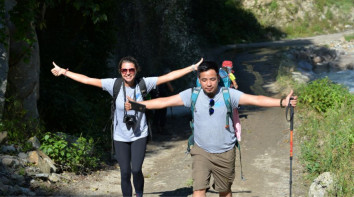
11th Sep, 2022
.jpg)
11th Sep, 2022
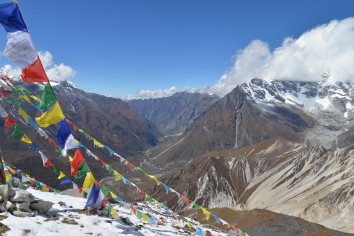
11th Sep, 2022
.jpg)
13th Jan, 2023

14th Mar, 2023
.jpg)
18th Mar, 2023
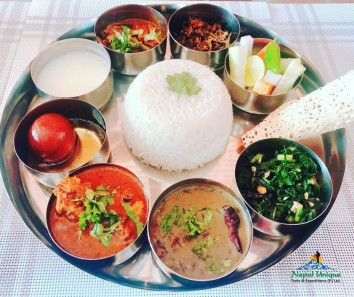
25th Mar, 2023
.jpg)
30th Mar, 2023

1st Apr, 2023
.jpg)
18th Jul, 2023

10th Mar, 2024
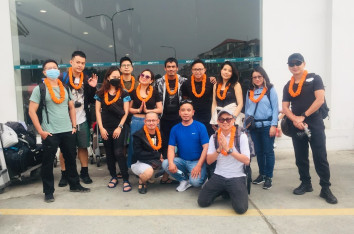
17th Mar, 2024

25th Feb, 2025

19th Mar, 2025

13th Jun, 2025

4th Jul, 2025
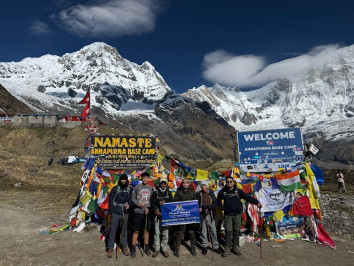
10th Aug, 2025
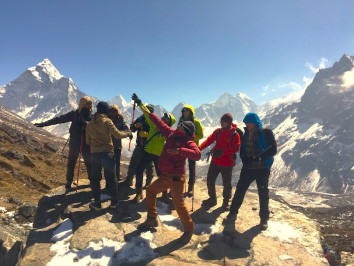
25th Aug, 2025
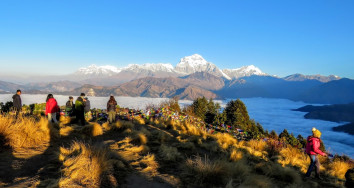
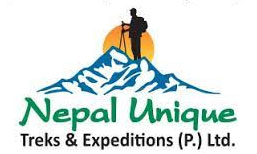
 WhatsApp
WhatsApp  Plan Your Trip
Plan Your Trip
 (1366 x 768 px).jpg)

